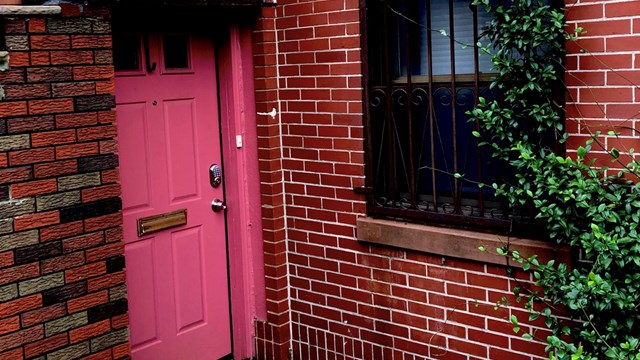Commercial and residential owners in a condo community may share an address and coexist harmoniously for the most part, but each cohort has different needs, and therefore different agendas when it comes to how the property is run. Attorney Leni Morrison Cummins chairs the condominium and cooperative practice at Manhattan-based law firm Cozen O’Connor, and recently spoke to CooperatorNews about how those needs and agendas can diverge, and how boards, managers, and owners can collaborate to make sure they’re still addressed.
CooperatorNews: Do members of both residential and commercial units in the same building sit on the condominium’s board? If so, is that by chance, or by rule of governing documents?
Leni Morrision Cummins: “Yes, generally the board is composed of both. In larger buildings, there may be sub-boards for residential and commercial as well.”
CN: What are some of the more common conflicts that can arise between the interests of residential and commercial condo owners in mixed-use communities?
LMC: “The number one dispute between residential and commercial use owners in mixed-use condominiums is allocation of expenses and budgeting. The governing documents set forth very specific allocation methodologies that allow for deviation from percentage of common interest pursuant to New York State Real Property Law Section 339–M. Often the governing documents refer to Schedule B of the offering plan, which is created by the sponsor-developer before the building is even occupied, and doesn’t always account for the realities of the future expenses of the building once occupied. In particular, the schedules and the governing documents can’t possibly anticipate future changes of the law and how those laws will be applied to allocation methodologies.
CN: What priorities do residential owners have vs. commercial condo unit owners, and why?
LMC: “While both residential and commercial unit owners want to avoid fines, commercial owners have the opportunity to shift the burden of fines onto their tenants through lease provisions. Therefore, commercial owners may be in a situation where they are responsible for the cost of capital project work, but may not themselves be responsible for the fines [associated with it]. Commercial unit owners would not, on their own, be incentivized to agree to spend money. They often would rather wait for the fines and push those off on their tenants.”
CN: What are some basic concepts boards and board members should keep in mind when balancing the competing or contradictory financial interests of these parties?
LMC: “The governing documents, declarations, bylaws, proprietary leases, and rules and regulations will rule the day as to what authority the board will have to compel any one use group to make needed retrofits. Keep in mind however, that the common governing document provision that ‘all unit owners must comply with the law’ may not be enough to compel parties to make necessary repairs or expenditures.”
CN: How does this potential conflict play out when it comes to compliance with local laws?
LMC: “A good current example of this potential conflict is how mixed use buildings respond to LL97 work requirements. These buildings may be physically unable to comply without participation from all use groups, particularly as the carbon emission limits become more stringent over time. They may be faced with extreme fines.
“LL97 prescribes limitations on carbon emissions at the building level – not by unit or use group. While the law itself provides a calculation of benchmark carbon emission by use group type—residential versus commercial—it does not actually set legal limits for each individual use group. Therefore, if a residential section or residential board decides to take steps to reduce its carbon in compliance with the law by, for example, electrifying or changing out appliances or PTAC units, but the commercial units decide not to make those changes (or vice versa), the full condominium building may end up being out of compliance and subject to escalating fines.
“Two questions arise from this situation: First, can a full board encompassing both the residential and commercial use members make decisions and take action to compel the non-compliant section to make retrofits? And second, if one use group is the cause of the fines, can those be allocated by the board only against those non-compliant owners, or must those be allocated to all owners pro rata?
“Where possible, boards of all use groups should work together now to come up with a plan for how it will handle retrofits and/or allocation of fines. If possible, boards should codify those agreements in formal board resolutions. Where boards are fearful of being stuck with fines in the future due to a resistant use group owner, boards should amend their bylaws now to specifically address compliance with the LL97 use group benchmarks, as well as allocation of fines should one use group or unit owner be the cause. In cases where that is impossible due to the refusal of a use group owner, consider the imposition of an assessment to start a green fund to save money for retrofits, energy credits, or fines.
CN: Leni, that was both interesting and informative. Thanks so much for speaking with us today.
LMC: Of course, thanks for having me.
A.J. Sidransky is a staff writer/reporter for CooperatorNews, and a published novelist. He may be reached at alan@yrinc.com.










Leave a Comment